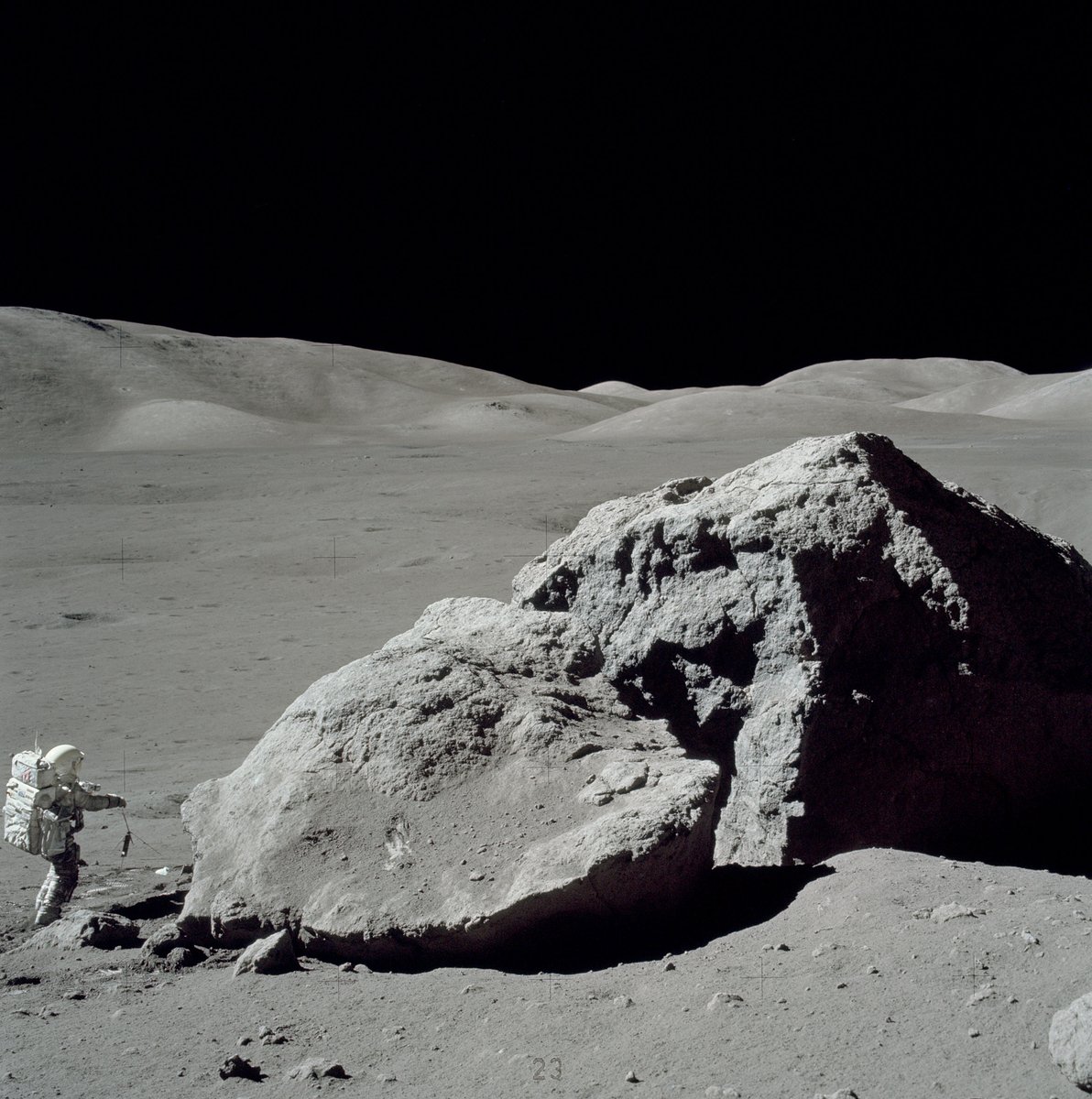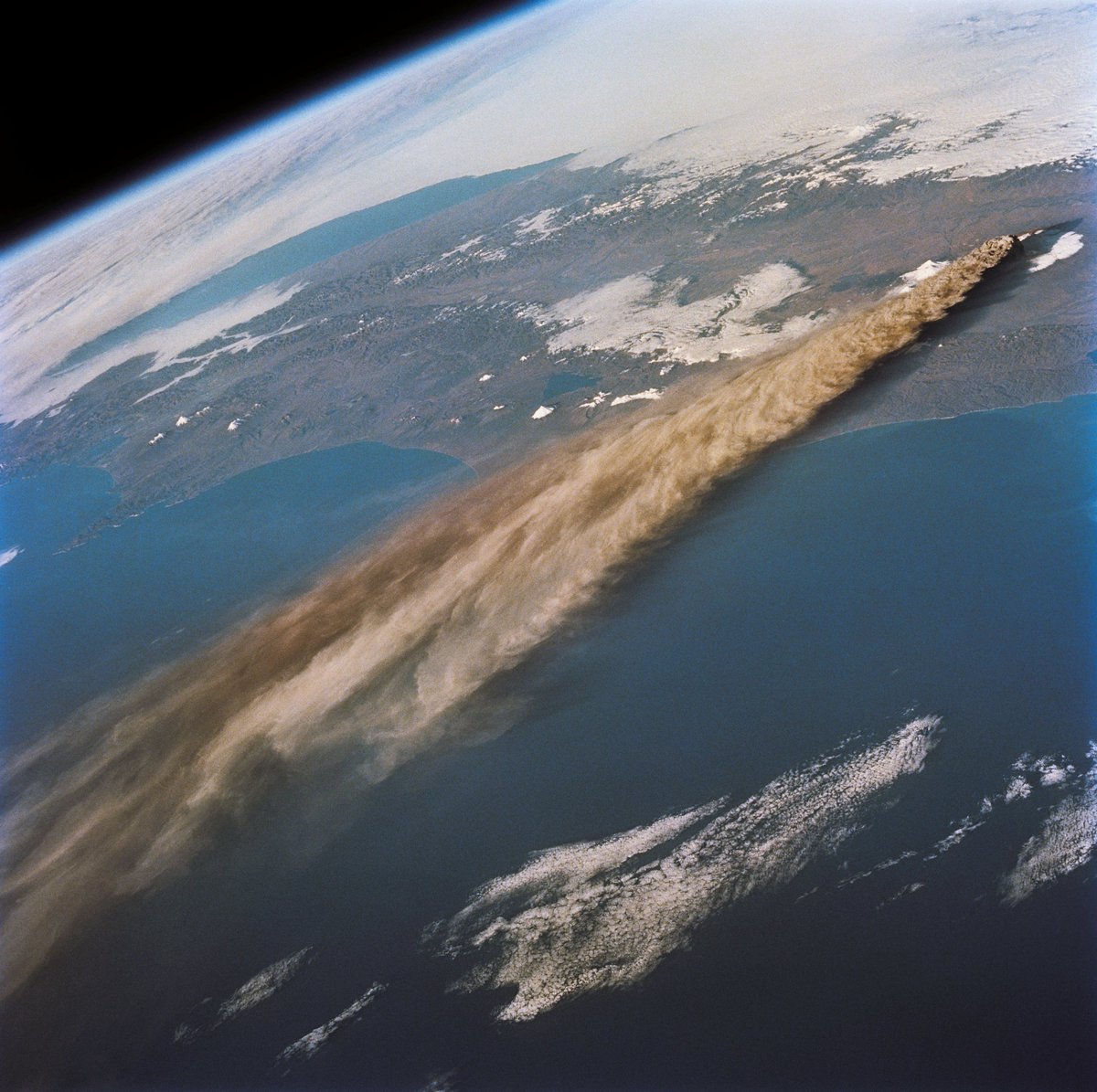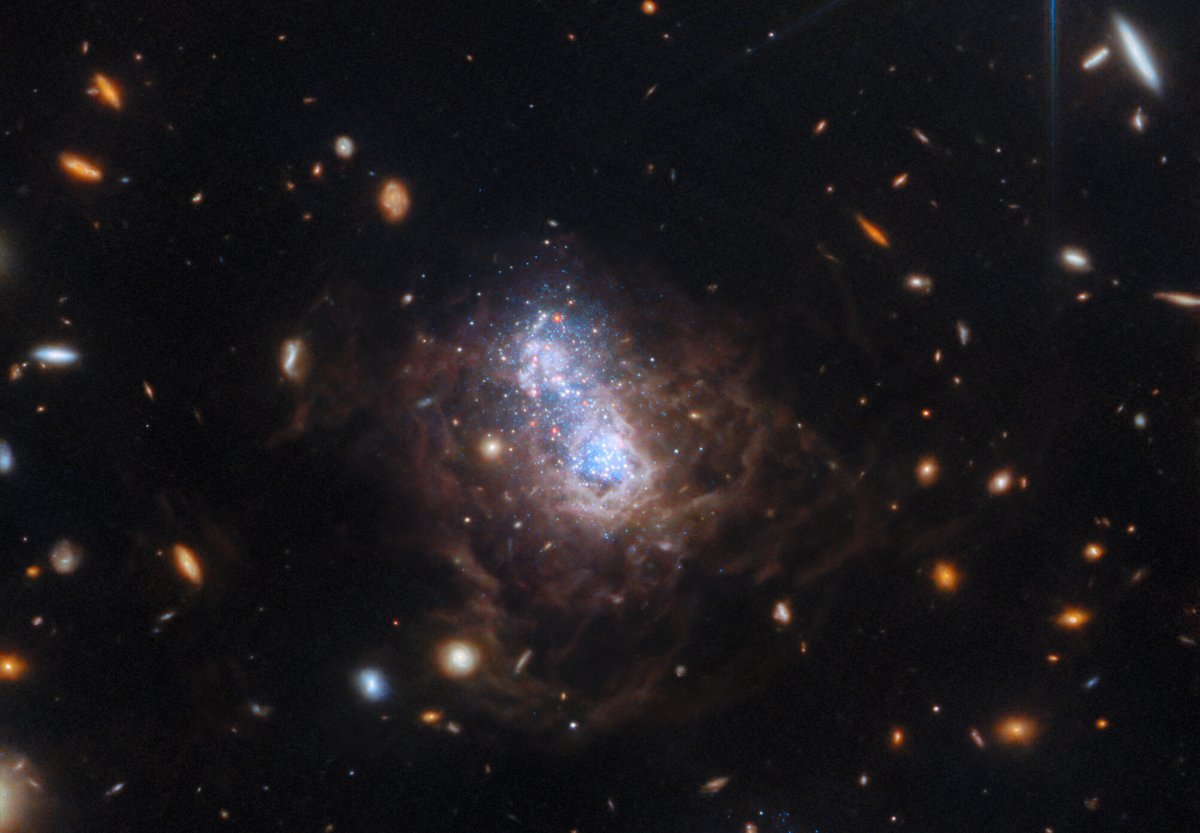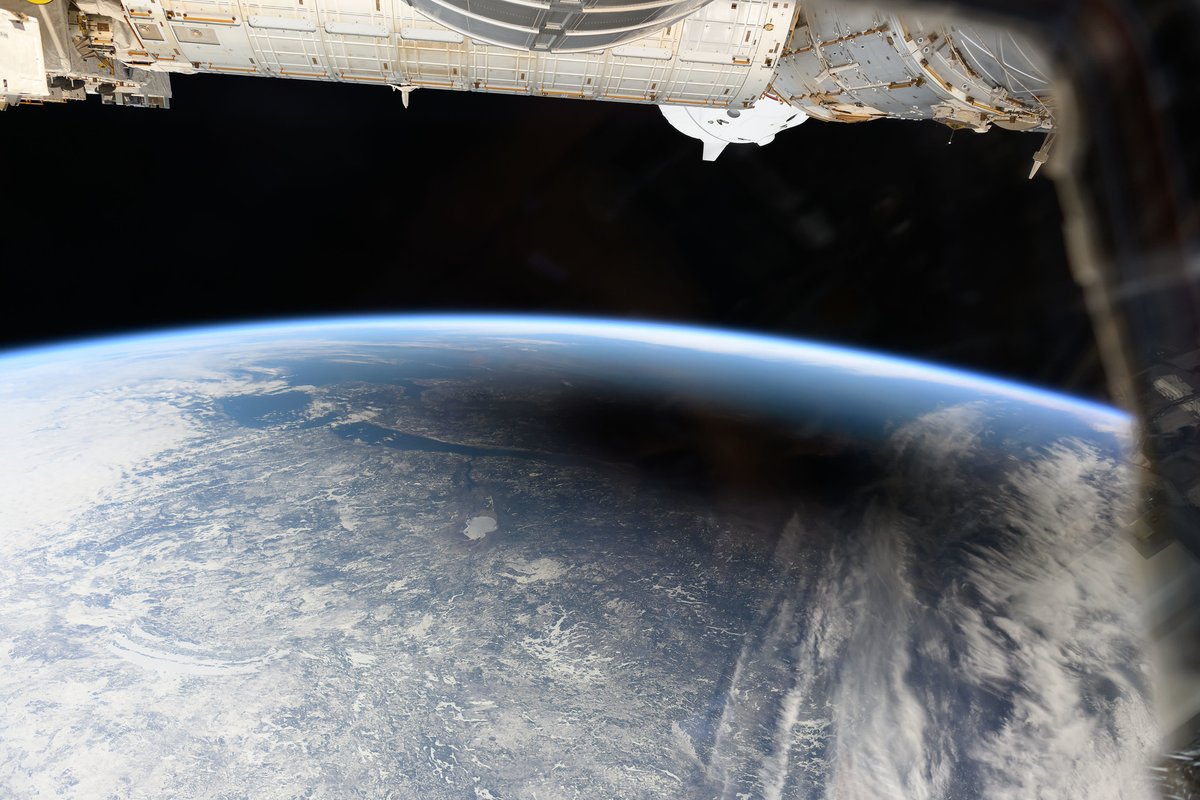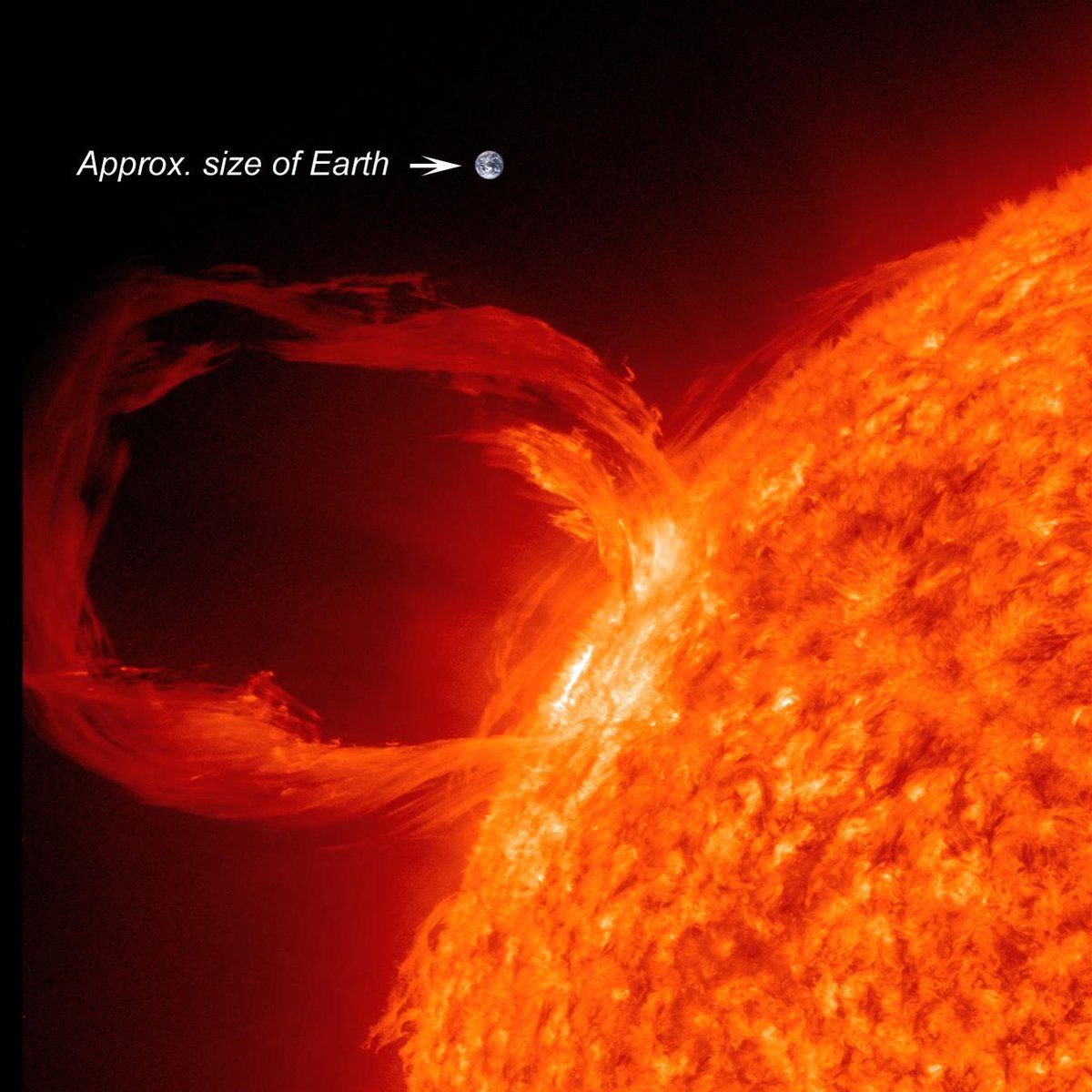
Universal-Sci
@universal_sci
The official Universal-Sci Twitter account - Providing you with a selection of the most interesting science-related news and background stories
ID:2993230373
http://www.universal-sci.com/ 22-01-2015 23:36:39
803 Tweets
890,0K Followers
26 Following
Follow People






















